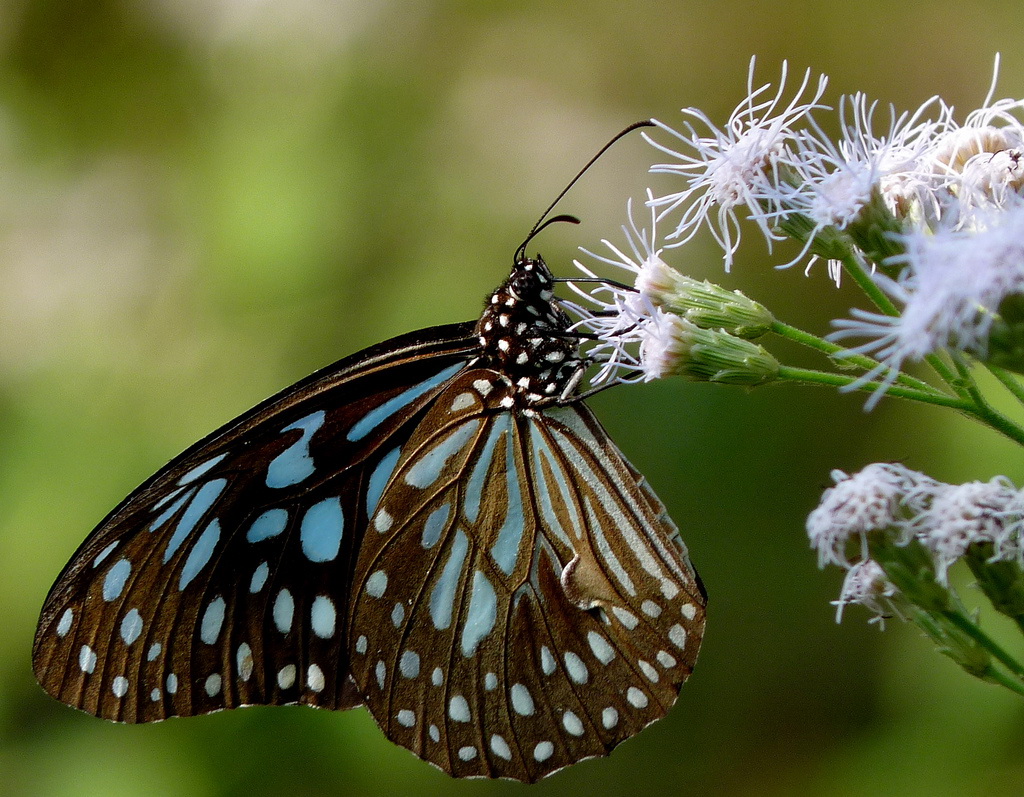The Best of Australian Science: July 2014

Here we are at the end of one more exciting July and we would like to present you a brief review for this month. A lot of that have happened during the last 31 days and we would like to provide you with the top stories for the previous period.
Hope you will enjoy this journey. So, let’s start with our monthly review.
The Health of the Honey Bee by Lizz Rice
The delicate state of the European honeybee (Apismellifera) can be traced back to 2006, when the mysterious Colony Collapse Disorder (CCD) began wiping them out. Adult honey bees went missing from their hives, and no bodies were to be found. Since, apiaries have struggled – the US reports a yearly loss of about 30% – leaving the future of the honey bee in a precarious position.
Biological agent closing in on weedy rampant escapee
Sticky snakeroot, Mexican devil or Crofton weed – call it what you want – since the early 1900s this weed has been causing grief in Australia. But now the release of a new biological control agent brings some hope.
Australia’s ageing population poses budget risks
The report by the Australian Research Council Centre of Excellence in Population Ageing Research (CEPAR), based at the Crawford School of Public Policy, provides the first National Transfer Accounts (NTA) measure for Australia, based on figures from 2009-10.
How Mature is Your Cyber Security Model? by Milica Djekic
In the previous articles, we’ve been discussing cyber security throughout different angles and perspectives, but we’ve never talked about its maturity model and how it’s important in the modern world. First of all, we should define what the term cyber security means. As it is known, security represents a process of maintaining an acceptable level of risk. So, does that mean that, by the same definition, cyber security is a process of maintaining an acceptable level of cyber risk? Basically, that’s exactly what it does. In this article, we will try to define a cyber security maturity model, explain approaches to cyber operations and introduce some maturity levels. Well, let’s start with our story.
That would be all for this monthly editor’s selection. Please stay thirsty and scientifically passionate. The new stories are coming soon.
 Follow
Follow